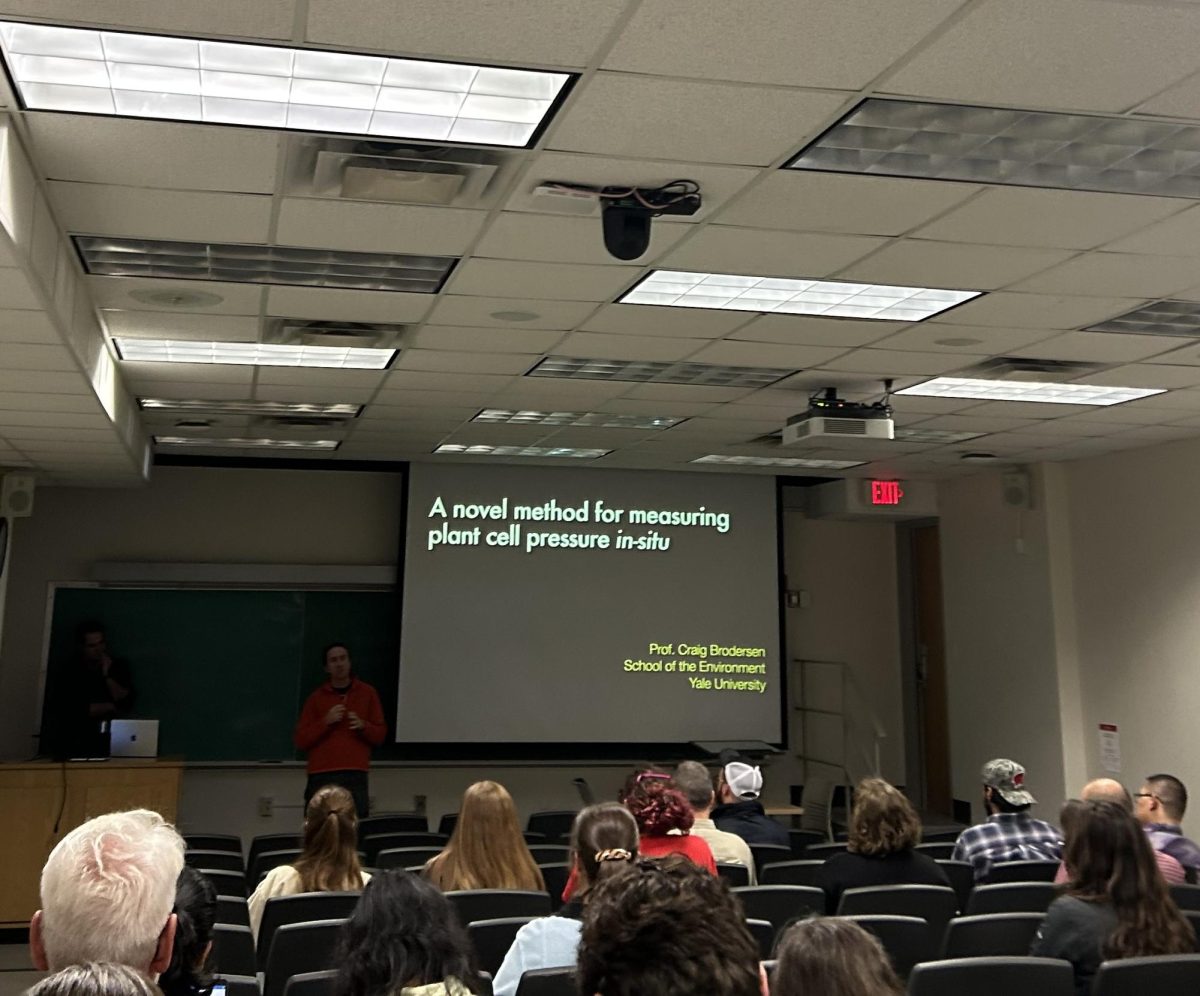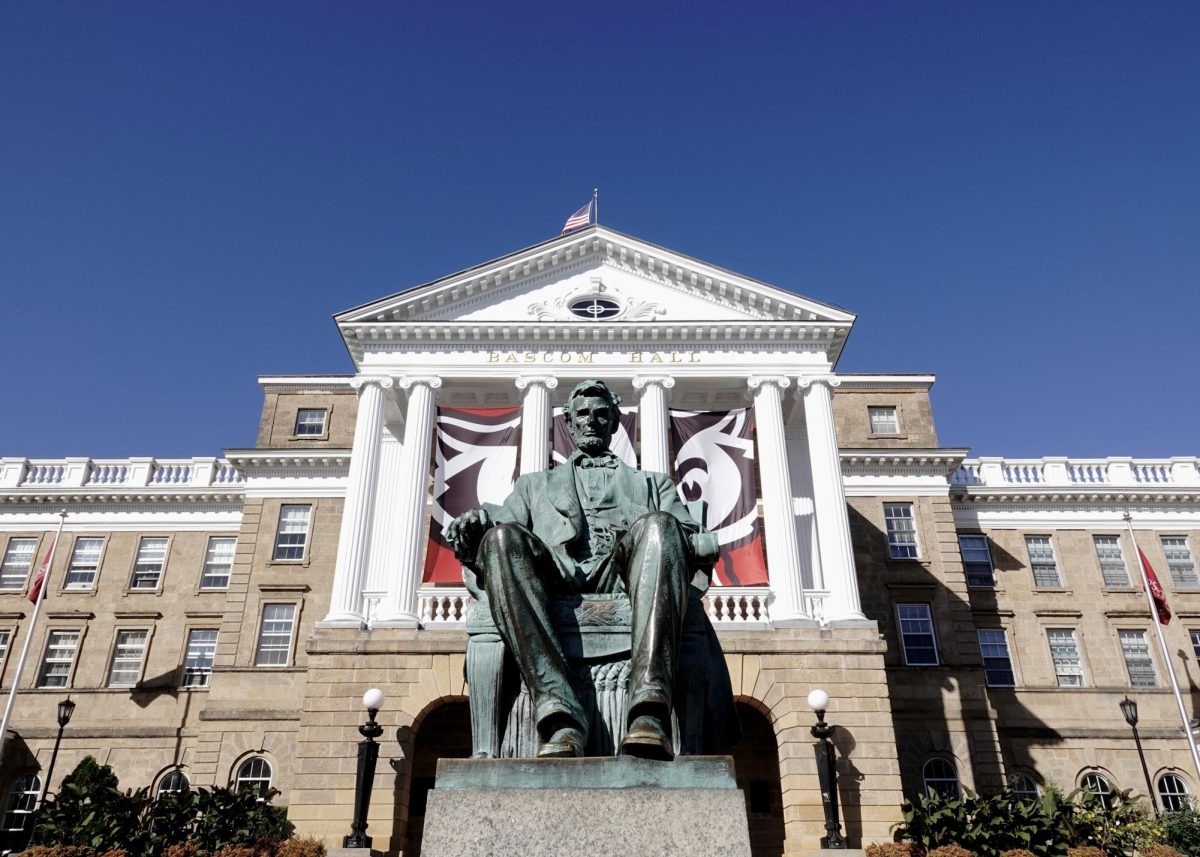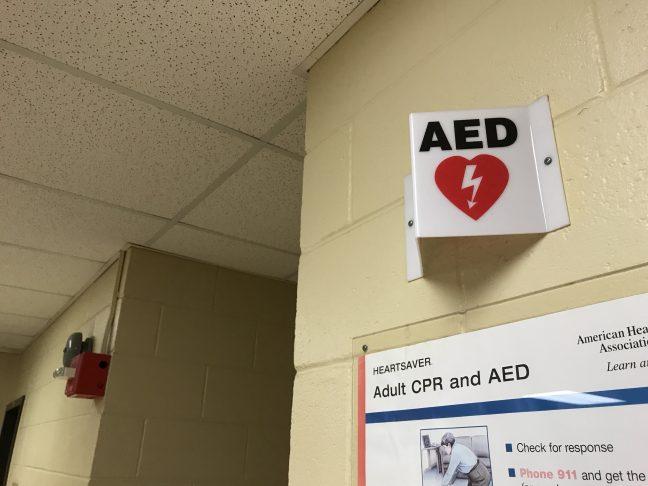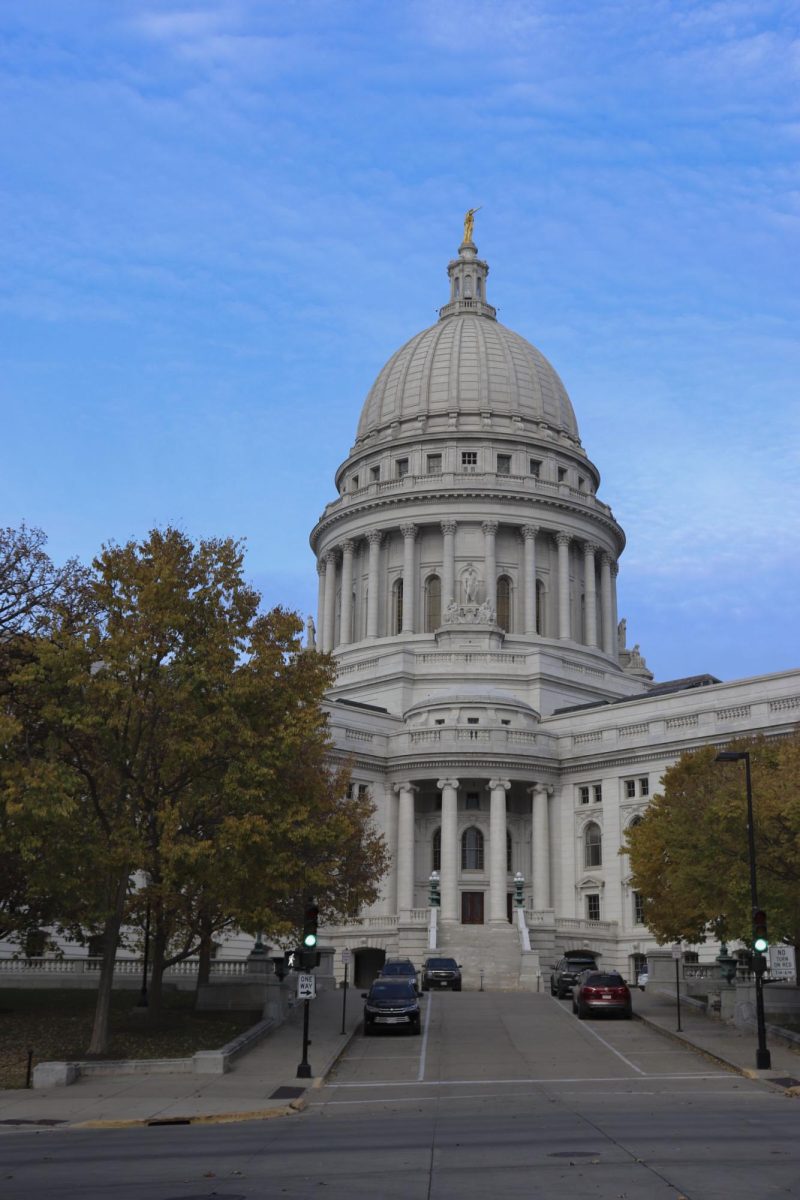In an effort to create social change and to increase sustainability on campus, Helios and Enactus — two student organizations at the University of Wisconsin — are planning to install solar panels on the roofs of campus bus shelters.
The project is backed by the Green Fund, a campus organization that supports sustainability at UW. The panels will power screens displaying bus arrivals and departures, according to Ian Aley, the Green Fund program manager.
Helios is a student organization dedicated to creating renewable energy solutions on campus. Enactus is another student organization that seeks to make social change in Madison.
The groups hoped to increase the visibility of clean energy on campus, business lead of Helios Atilla Veyssal.
“Clean energy’s important on campus, because with such a congregate community of students that will be one day entering the workforce, being able to see efforts of sustainable projects around may be inspiring for them,” Veyssal said.
Helios and Enactus presented their report for the project to UW Transportation Oct. 20, according to Veyssal. The report took a total of 12 months to complete and the group hopes the installations will begin this spring.
UW research suggests more complicated link between plankton, clouds than originally thought
Before the project started, Aley said UW Transportation was interested in adding real-time displays and lights to their bus stops, but traditional electricity services wouldn’t have been practical.
“Running electrical to the bus stops is super expensive because often the bus stop is far away from electrical hookup, so putting solar panels on the roof is the best technology from a sustainability perspective but also from a cost perspective,” Aley said.
To analyze the solar potential of each bus stop on campus, Aley said the groups used a Solar Pathfinder device. The Solar Pathfinder, a non-electric instrument, measures the amount of sunlight in a location at different times of the day and year.
The group used the data from the Solar Pathfinder to model which bus stops had the greatest solar potential, Aley said. In total, the group identified approximately 60 bus stops that were viable, according to the project manager for the Sol Solutions team at Enactus Tanner Wagner-Durr.
Originally, Wagner-Durr said Enactus came to UW Transportation hoping to work on a project involving solar-powered electric vehicle charging. The idea was turned down, but UW Transportation brought the idea of solar-powered bus stop displays to the group. Aley connected Enactus and Helios through the Green Fund to collaborate on the project.
UW chemistry lab discovers potential replacement to carbon based fuel economies
The Green Fund supports student ideas to improve the sustainability of campus facilities, Aley said. Students seeking money from the Green Fund apply by submitting a pre-proposal, an application form, a budget and impact calendar and a letter of support.
The Green Fund looks for projects to support the three pillars of sustainability, including environmental, economic and social impacts, Aley said.
The Green Fund doesn’t just support engineering solutions, though. It supports a wide range of projects related to sustainability, including art contests, reusable takeout containers at athletic dining facilities and more.
Aley hopes these Green Fund projects will increase awareness of sustainability on campus. Members of Helios and Enactus also hope increasing the visibility of solar panels on campus will inspire UW students.
While the energy savings from the project may not measure up to a corporation’s carbon emissions, the social effects could be even more impactful, the engineering lead of Helios Jack Audi said.
The groups hope the project advances the future of renewable energy solutions by teaching about the technology on campus and spreading awareness for solar power.
President of Helios Simon Brooks said the project was important to him because he believes the use of clean energy is essential.
“It’s the future,” Brooks said. “Period … If we want to create a place that is sustainable and will be sustainable for future generations, we need to immediately start using clean energy and only clean energy.”
Aside from the greater social impacts of the project, the students involved were able to gain valuable experiences, including the ability to build their job skills.
The Lab Report: Anantharaman Microbiome Lab digs into Lake Mendota’s bacteria
Many team members said the project was their first real-world work experience outside of schoolwork or summer internships. Working and learning as a team provided members of Helios and Enactus with an opportunity for growth.
“I think it was really valuable from an educational standpoint, an engineering standpoint and actually just a general team-building standpoint,” Audi said.
Another value of the project to students was learning more about the technology involved in the renewable energy process.
Audi said the team went into the project with minimal knowledge of the inner workings of solar panels. Additionally, Wagner-Durr said it was hard to find information about placing solar panels on individual bus stops because the work has little precedent.
“Having that large-scale impact is something that’s really hard to do and we really got to do it at the forefront of innovation, working with those things like curved panel technology,” Wagner-Durr said.














